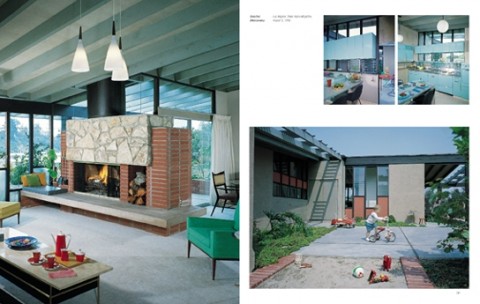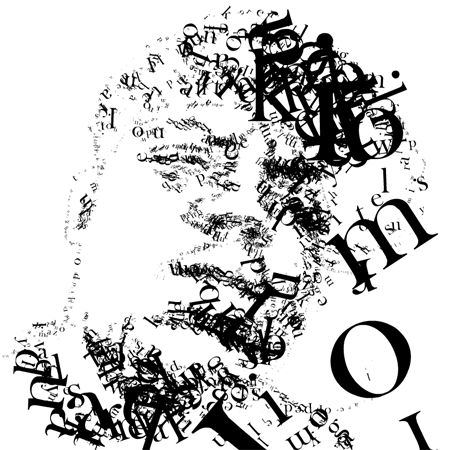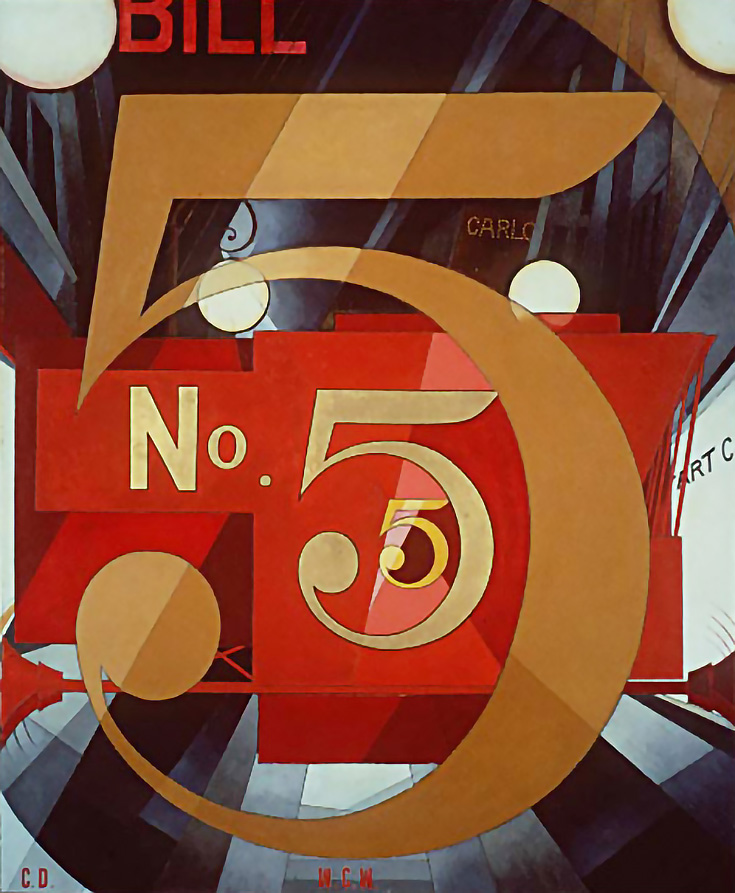
Thursday, May 13, 2010
Monday, April 26, 2010
Monday, April 19, 2010
The History of the Las Vegas Strip
WHAT
History of Las Vegas Strip
WHEN
1941
WHERE
Las Vegas, Nevada
HOW
Nevada was the first state to legalize casino-style gambling in 1931. El Rancho Vegas was built in 1941, this was the first hotel-casino located on the Vegas Strip. The success of El Rancho Vegas, created a building boom in the late 1940's and continued to accelerate during the 1950's. Construction of several hotel-casinos were built on the highway that led Los Angeles directly into Las Vegas. The stretch of road became today's Las Vegas Strip. Along with gambling, entertainment built Las Vegas' reputation as a "Play Land Getaway." Singers, comedians, strippers, instrumentalists, dancers and performers were booked to entertain hotel guests. The hotel-casinos that followed copied the successful star format for a number of years. When casino-style gambling was legalized in Atlantic City, NJ, it triggered the beginning of a new era for the strip - Mega-resorts. The race began to become the full blown destination for vacationers.
History of Las Vegas Strip
WHEN
1941
WHERE
Las Vegas, Nevada
HOW
Nevada was the first state to legalize casino-style gambling in 1931. El Rancho Vegas was built in 1941, this was the first hotel-casino located on the Vegas Strip. The success of El Rancho Vegas, created a building boom in the late 1940's and continued to accelerate during the 1950's. Construction of several hotel-casinos were built on the highway that led Los Angeles directly into Las Vegas. The stretch of road became today's Las Vegas Strip. Along with gambling, entertainment built Las Vegas' reputation as a "Play Land Getaway." Singers, comedians, strippers, instrumentalists, dancers and performers were booked to entertain hotel guests. The hotel-casinos that followed copied the successful star format for a number of years. When casino-style gambling was legalized in Atlantic City, NJ, it triggered the beginning of a new era for the strip - Mega-resorts. The race began to become the full blown destination for vacationers.
Monday, April 12, 2010
Post-Modner Design
Modernism
International Typographic Style
Constructivism
Bauhaus



-Bauhaus was a school of art, design and architecture founded in Germany in 1919.
The school strived to produce a new approach to architecture that incorporated artistic design, craftsmanship, and modern machine technology
-Characterized by its severely economic, geometric design and by its respect for materials
Art Nouveau
Sunday, April 11, 2010
Project 2 Final
The assignment for project 2 was to create a cover for the 2010-2012 General Catalog for Broome Community College. The aspect of the college I tried to publicize was that BCC provides advising for continuing education. I used a picture of a couple students graduating to communicate the idea of continuing their education. I also used the picture of the clock to get across the idea that “this is your time.” This also goes along with the tagline, “This is your college,” which I positioned between the two pictures. All of the required criteria are presented in a way that makes the design visually unified. I used each of the 6 design principals to visually communicate the mission of the college. I intended to make the tagline the focal point of the design. The text “2010-2012” was created to be the secondary focal point. I balanced the design by placing pictures on one side of the paper, and the text on the other. I used alignment and contrast within the different fonts and colors of the text. Repetition is expressed through the repeating colors of the design. And last, flow used throughout the design by the positioning of the pictures and text.
Project 1 essay
The objective of first project was to create a unified design using the 6 key design principals; emphasis, contrast, balance, flow, alignment and repetition. For each term we had to visually express the meaning through typography.
The first word I started with was emphasis. As a design principal, emphasis means the focal point. The focal point in a design should be the first thing you notice. Therefore it should be bold and stand out over the rest of the design. For this reason, I placed emphasis near the top left corner of the page using the rule of 3rds. I made sure I outsize the letters for the term. I intended to make contrast my secondary focal point. I placed the letters of contrast at different angles and positions. I also changed the value of the letters to express the concept of contrast. I placed balance on top of contrast, in the middle of the page. I decided to use a triangular pyramid configuration to describe balance. Alignment simply refers to the position of placement of letters or a word. So for this term, I typed the word vertically down the paper except for the A, which was alignment upright at the same level as emphasis. In a design, flow is used to carry your eye through the piece. For flow I simply created a trail of the word that started at the top of the page and curved to the bottom. Repetition unifies a design by repeating same types of shapes, sizes and colors. For repetition I created an L configuration at the left corner of the paper.
The first word I started with was emphasis. As a design principal, emphasis means the focal point. The focal point in a design should be the first thing you notice. Therefore it should be bold and stand out over the rest of the design. For this reason, I placed emphasis near the top left corner of the page using the rule of 3rds. I made sure I outsize the letters for the term. I intended to make contrast my secondary focal point. I placed the letters of contrast at different angles and positions. I also changed the value of the letters to express the concept of contrast. I placed balance on top of contrast, in the middle of the page. I decided to use a triangular pyramid configuration to describe balance. Alignment simply refers to the position of placement of letters or a word. So for this term, I typed the word vertically down the paper except for the A, which was alignment upright at the same level as emphasis. In a design, flow is used to carry your eye through the piece. For flow I simply created a trail of the word that started at the top of the page and curved to the bottom. Repetition unifies a design by repeating same types of shapes, sizes and colors. For repetition I created an L configuration at the left corner of the paper.
Wednesday, March 24, 2010
Monday, February 8, 2010
Subscribe to:
Posts (Atom)


























